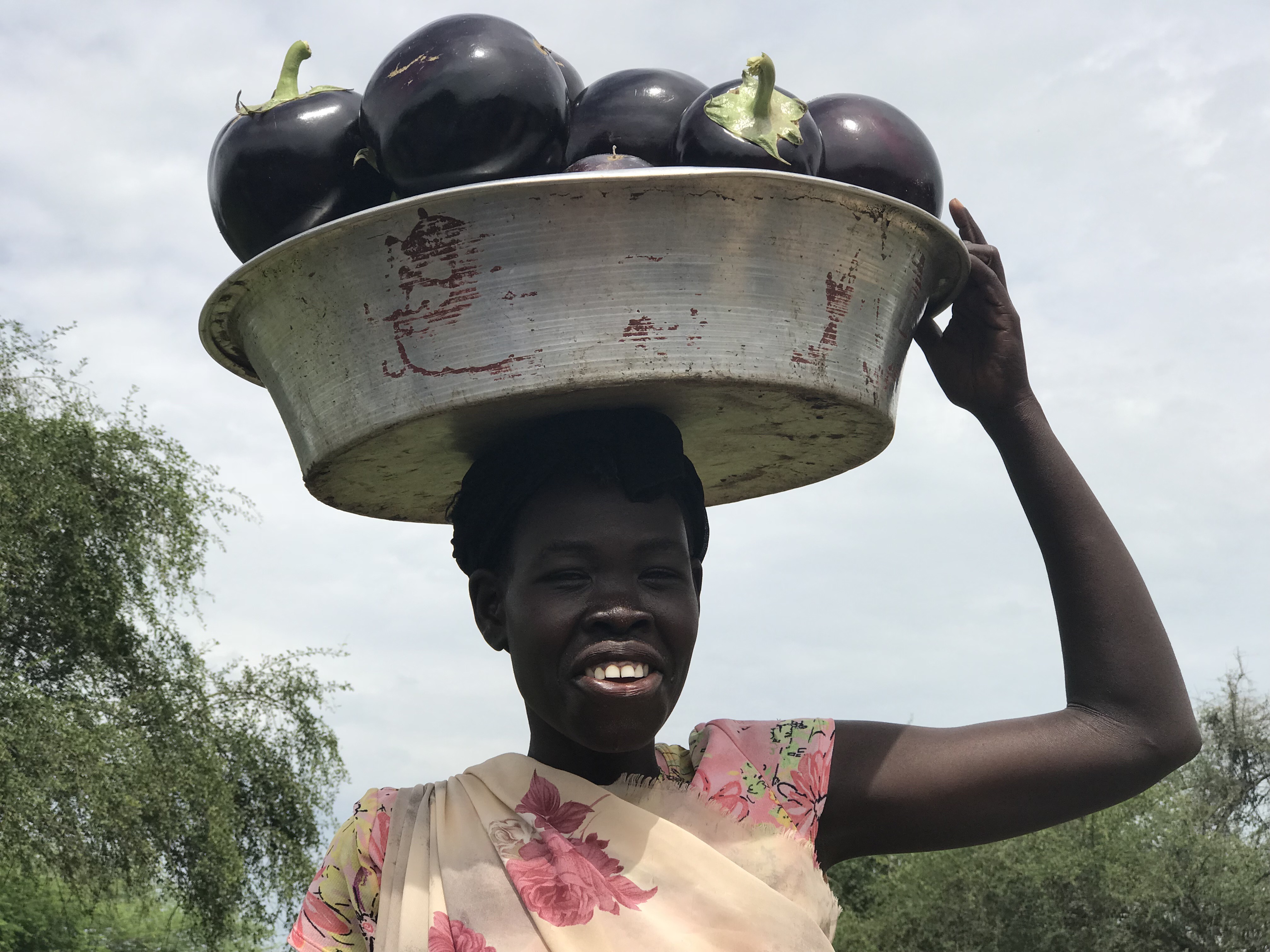Food Security and Livelihoods
What we want to do:
- Improve food security and livelihoods of vulnerable children and their communities
- Ensure children are well-nourished
- Promote sustainable agriculture
Widespread conflict and violence has led to large-scale displacement and interruption of planting and cultivation seasons have led to the continued rise in food insecurity. Families whose livelihoods have been decimated by violence, drought or displacement are increasingly turning to harmful coping strategies.
How is World Vision addressing the issues?
In addition to providing food and cash support to those displaced by the violence, we are equipping farmers through farmer field schools and producer groups to help beneficiaries gain the necessary skills to provide for themselves and their families. We are working to strengthen the connection between communities and markets to ensure that they can access the products they need at a fair price and are able to sell what they produce.
Is what World Vision doing working?
Yes! Through support from World Vision, the number of households consuming an acceptable amount of food increased from 9% in 2016 to 31.9% in 2017. In addition to having enough food, more families (36% compared to 34.4% the year before) have sufficient diversity in their diets, meaning kids have the nutrients they need to develop properly.
What’s the impact?*
- 751,752 internally displaced people (50% children) received food assistance
- 44,444 people (19,111 boys, 20,000 girls and 5,333 pregnant and lactating mothers) received nutrition assistance
- 20,047 people were trained in natural resource management techniques
- 23,351 households received agricultural inputs (seeds, fishing kits and animals)
*Numbers from 2016 and 2017
Related Resources:
- See how training and support provided one woman with disabilities the tools she needed to start her own business and be able to provide for herself and her children.
- Training and support help one couple provide for the needs of their children.
